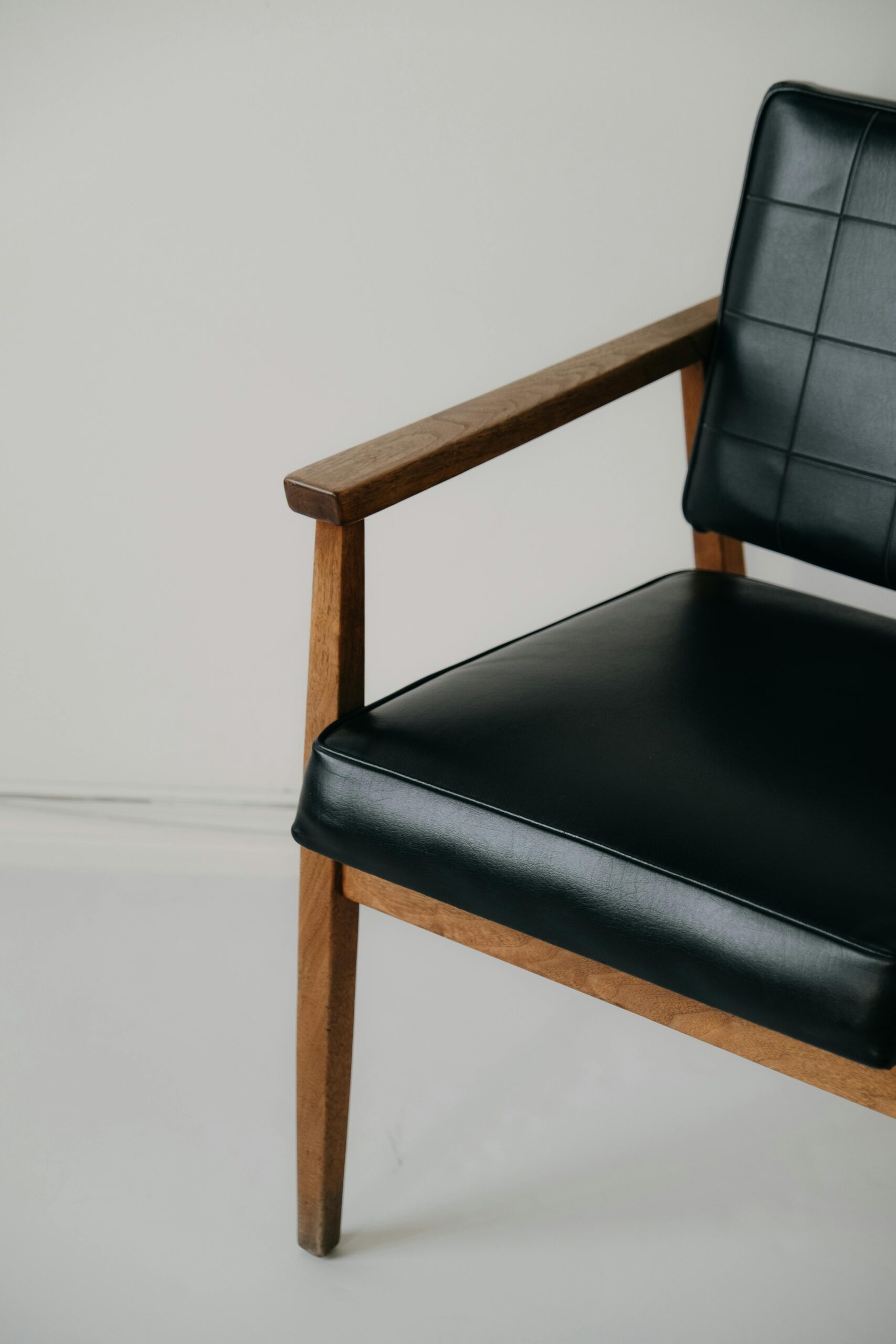Picture this: you’ve invested millions in a stunning waterfront estate, complete with museum-quality art collections and custom Italian furnishings. Then comes the hurricane warning. Or the wildfire evacuation order. Or the unprecedented heatwave that pushes your HVAC system beyond its limits. Suddenly, your luxury sanctuary becomes a liability, and those priceless interiors face threats that traditional design never anticipated.
The ultra-wealthy are confronting an uncomfortable reality—climate change doesn’t respect property values or ZIP codes. The same extreme weather events that once seemed like distant concerns are now reshaping how we approach luxury interior design. But here’s the empowering truth: forward-thinking designers are already creating spaces that merge uncompromising elegance with climate resilience, proving that luxury and adaptability aren’t mutually exclusive.
When paradise becomes perilous: the new reality of luxury living
Recent data from the National Weather Service shows that weather-related disasters caused over $90 billion in damages across the United States in 2024 alone. What’s particularly striking is how these events increasingly target previously “safe” luxury enclaves—from Malibu mansions threatened by wildfires to Miami penthouses grappling with unprecedented storm surges.

This Photo was taken by Mathilde Langevin.
The traditional approach to luxury interiors—focusing purely on aesthetics and comfort—is rapidly becoming obsolete. Today’s discerning homeowners demand spaces that can withstand environmental challenges while maintaining their sophisticated appeal. This shift represents the most significant evolution in high-end design since the advent of smart home technology.
Climate resilience in luxury interiors goes beyond simple weatherproofing. It encompasses material selection, spatial planning, mechanical systems, and even the psychological comfort of knowing your home can adapt to changing conditions. The result is a new category of design that I call “adaptive luxury”—interiors that respond intelligently to environmental pressures while never compromising on style or comfort.
Materials that outlast the storm: the foundation of resilient luxury
The material palette for climate-resilient luxury interiors represents a fascinating intersection of cutting-edge technology and time-tested durability. Consider porcelain slabs that mimic rare marble but resist thermal shock, or engineered hardwoods that maintain their beauty despite humidity fluctuations.
| Traditional Luxury Material | Climate-Resilient Alternative | Key Benefits |
|---|---|---|
| Natural Stone Countertops | Ultra-thin Porcelain Slabs | Thermal resistance, non-porous, identical aesthetics |
| Solid Hardwood Flooring | Engineered Luxury Vinyl Plank | Waterproof, dimensional stability, realistic textures |
| Silk Wall Coverings | Performance Fabrics with Nanotechnology | Stain resistance, UV protection, antibacterial properties |
| Traditional Upholstery | Solution-Dyed Acrylic Fabrics | Fade resistance, mold resistance, easy cleaning |
The key innovation lies in manufacturers’ ability to replicate luxury aesthetics using materials with superior performance characteristics. Custom craftsmanship and rare materials now include lab-grown alternatives that offer consistency and durability impossible to achieve with natural materials.

This Photo was taken by Betül Ataç.
Take, for example, the latest generation of performance metals that resist corrosion while maintaining the lustrous finish of traditional brass or bronze. These materials allow designers to create stunning focal points—from sculptural lighting fixtures to architectural details—without worrying about degradation from salt air, humidity, or temperature extremes.
The art of invisible protection
The most sophisticated climate-resilient interiors incorporate protective technologies that remain completely invisible to occupants and guests. Nano-coatings on fabrics and surfaces provide stain and moisture resistance without altering texture or appearance. Smart glass systems automatically adjust opacity and thermal properties based on external conditions, maintaining perfect interior ambiance while reducing energy loads.
This approach aligns perfectly with seamlessly integrated invisible technology, where the most advanced protective systems remain hidden beneath flawlessly executed design.
Adaptive spatial design: rooms that transform with conditions
Climate-resilient luxury interiors feature spaces designed for multiple configurations and uses. A formal dining room might transform into a secure storage area for artwork during storm season, while outdoor terraces integrate retractable enclosures that provide protection without sacrificing the open-air experience.

This Photo was taken by Mikhail Nilov.
The concept of adaptive spatial design borrows from yacht architecture, where every element must serve multiple functions while maintaining elegance. Luxury interiors now feature hidden storage systems for emergency supplies, integrated water filtration capable of handling compromised municipal supplies, and backup power systems concealed within custom millwork.
One particularly innovative approach involves creating “sanctuary spaces”—interior rooms designed to function independently of external utilities. These spaces feature their own climate control, communication systems, and even hydroponic growing capabilities, all integrated seamlessly into the overall design aesthetic.
The psychology of preparedness
Beyond physical adaptations, climate-resilient luxury interiors address the psychological need for security and control. Design elements that provide visual connection to multiple egress routes, discrete monitoring systems that track environmental conditions, and spaces specifically designed for calm contemplation during stressful events all contribute to occupants’ sense of well-being.
This psychological dimension connects directly to wellness design principles, creating environments that support both physical safety and mental resilience.
Smart systems that anticipate and adapt
The integration of artificial intelligence and predictive analytics represents the most significant advancement in climate-resilient luxury design. These systems continuously monitor weather patterns, indoor air quality, structural stress, and energy consumption to make real-time adjustments that protect both the interior environment and its contents.

This Photo was taken by Max Vakhtbovycn.
Modern AI-powered adaptive interior design goes far beyond simple temperature control. These systems can predict and prevent mold growth by adjusting humidity levels based on weather forecasts, automatically position artwork away from windows during severe weather, and even adjust lighting to counter
